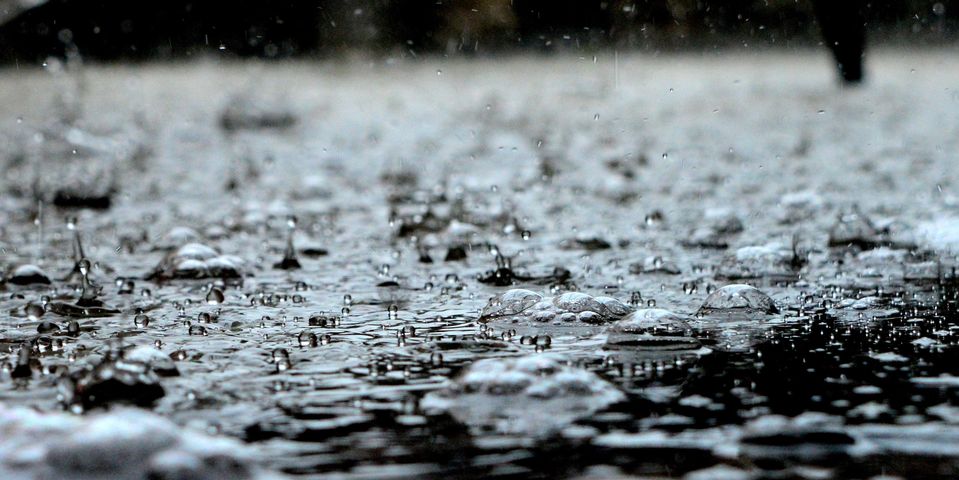How to Prepare Your Home for the Rainy Season

1. Get your roof ready for the rains. Inspect your roof twice per year to avoid costly problems that can escalate into tremendous cost.
- Look for cracks along the ridge of your roof and where your shingles fold over to form the cap.
- Inspect the valleys of your roof (the area of your roof with a downward slope). Make sure that the sheet metal flashing does not have any holes or rusty spots.
- Make sure that you do not have any missing, loose or curled shingles. Replace any in that condition that you find as soon as possible so as to avoid moisture leaks inside your home that can weaken your wall and/or ceilings.
2. Take a look at your gutters to make sure that they drain well and don't cause water to back up. Also make sure that there are not a lot of little granules collecting in there. Granules in your gutter are a sign that your roof's coating needs to be resealed.
- Make sure that you don't have any down pipe clogs.
3. Work from the inside out. Inside your home, check out your ceilings to make sure that you are not experiencing signs of roof or other leakage. Be on the lookout for water rings, mold or wall or ceiling discoloration. Make any necessary repairs to fix the issue and prevent it from happening again during the upcoming rainy season.
4. Tackle your doors and your windows. Make sure that both close and seal properly, and make any repairs or improvements as necessary.
5. Make sure that dead branches have been cleared from around your house. This will reduce the risk that they will fall during the storm and damage your home.
6. Think about having your basement inspected. If water is seeping in, you may have to have the whole thing resealed.
About the Business
Have a question? Ask the experts!
Send your question

